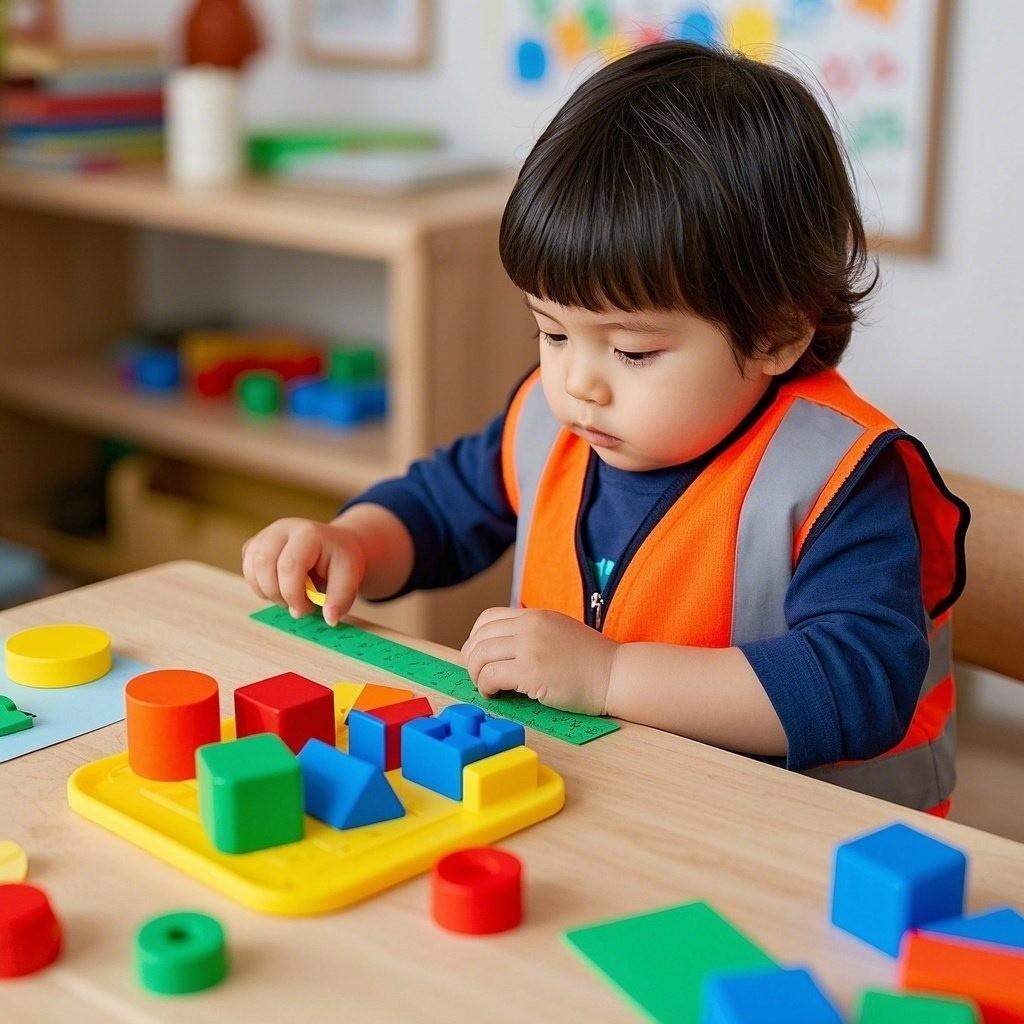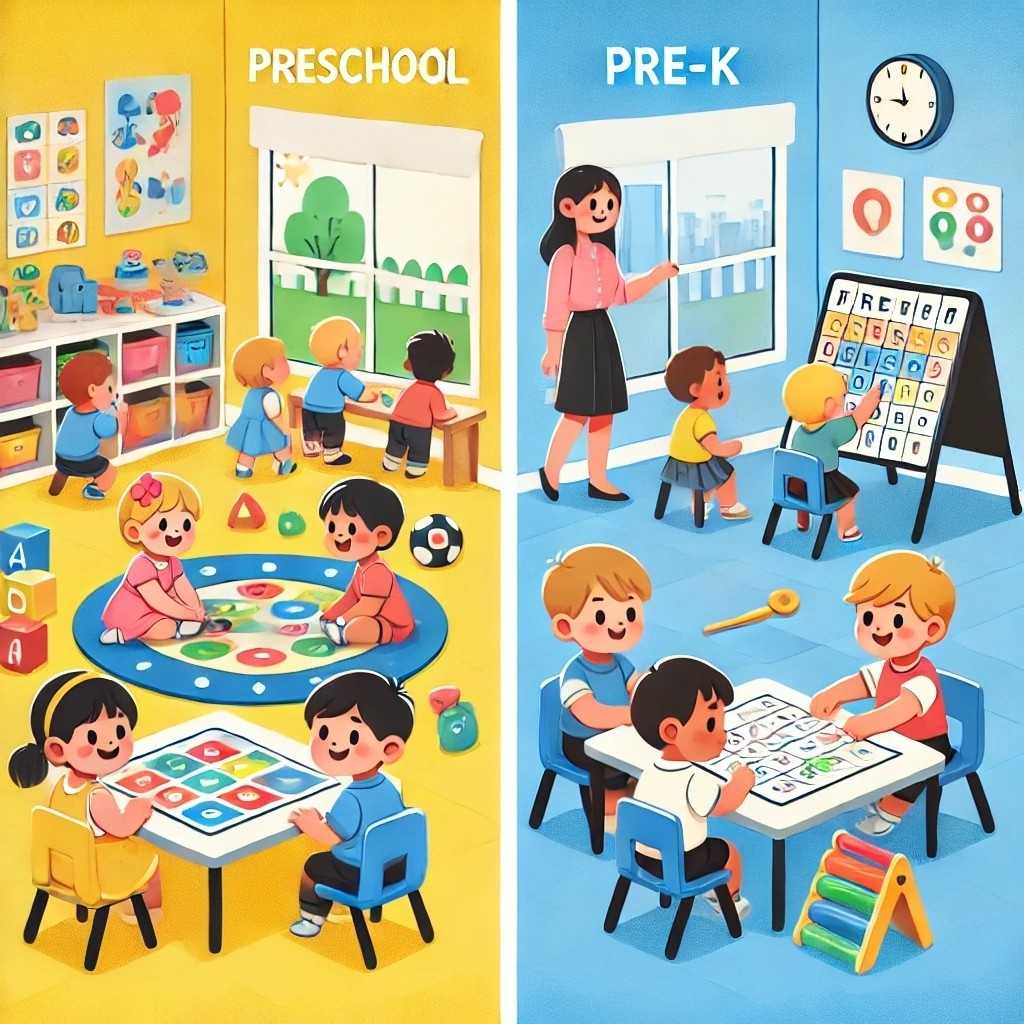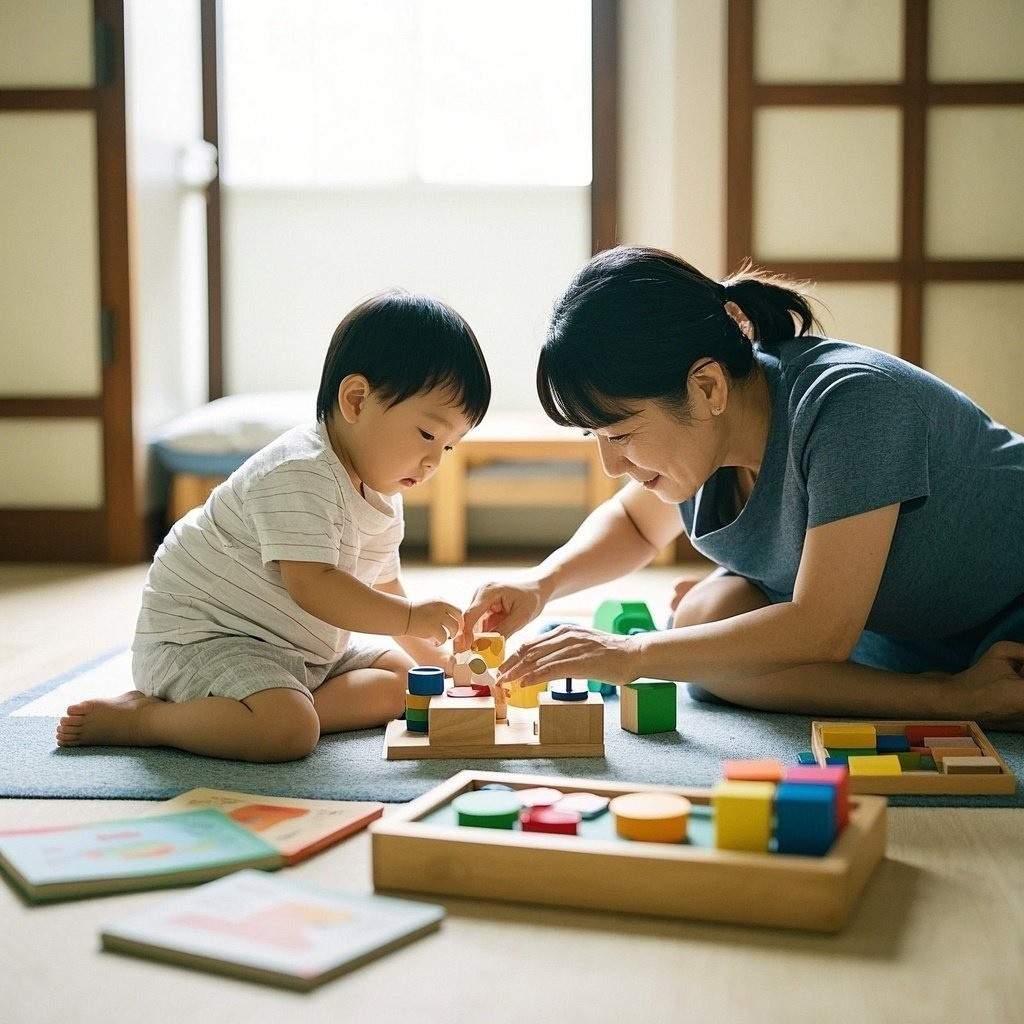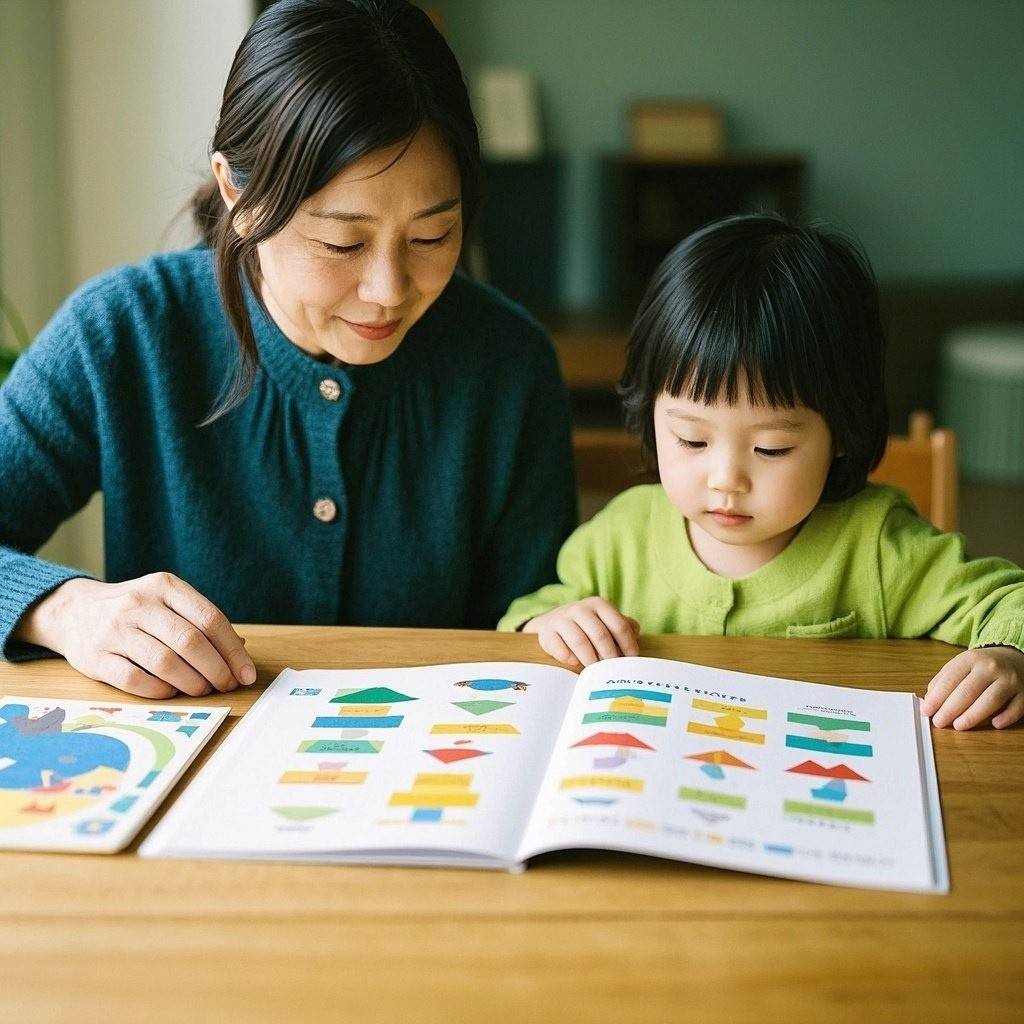When it comes to introducing preschoolers to the fundamental concepts of Science, Technology, Engineering, and Mathematics (STEM), the key is to make it fun, interactive, and engaging. Children at this age are naturally curious and enthusiastic about the world around them. By tapping into their sense of wonder, you can lay the groundwork for a lifelong love of learning. Below are several activities under the banner of “Exploring the World of STEM: Preschooler-Friendly Activities” that you can incorporate into classroom lessons or simple at-home experiences. Each activity is designed to develop critical thinking skills and nurture creativity, while giving children a chance to explore basic STEM principles in a playful, hands-on environment.
1. Colors and Shapes Exploration

Colors and shapes are foundational concepts for young learners. By recognizing colors, children develop an early understanding of patterns, classification, and comparison. Similarly, shapes introduce them to geometry in a fun, accessible way.
Color Sorting Games
One simple game to introduce is color sorting. Provide each child with a container filled with various items in different colors—such as small blocks, toy animals, or even colored pom-poms. Offer them a set of bowls or baskets that match these colors. The objective is to sort each item into the corresponding colored bowl. While sorting, encourage the children to name the color of each item. This activity enhances both cognitive and motor skills.
Mixing and Matching Hues
For a bit of science and art mixed into one, let children experiment with color mixing. Prepare cups of water tinted with food coloring—one red, one blue, and one yellow. Give them a paintbrush or a dropper, and have them combine colors in a clear container to see what new colors they can create. This hands-on activity teaches them about primary and secondary colors and the basics of chemical reactions—albeit on a very simple level. It also fosters creativity and problem-solving skills.
Shape Hunts
Shape hunts offer an exciting way for children to recognize and categorize shapes in their immediate surroundings. Give them a shape checklist that includes circles, squares, triangles, and rectangles. Then, take them on a mini scavenger hunt around the room or even outdoors. Prompt them to identify items that match each shape on their list. This not only heightens observational skills, but also helps children connect geometry to the real world.
2. Fun with Numbers

Numbers form the basis of mathematical thinking. Introducing number concepts early can give children a head start in developing strong numeracy skills.
Counting Activities
Count everything—count the steps it takes to walk to the kitchen, count the crayons in a box, or count how many toy cars can fit inside a specific container. Counting out loud helps children internalize the order of numbers. Over time, they will naturally memorize and associate these numbers with actual quantities.
Number Lines
A number line is a visual tool that can help children understand numerical order and the concept of “one more” and “one less.” You can draw a simple number line from 1 to 10 on a piece of paper. Provide your child with a small toy figure they can move along the line. If they roll a die and get a four, have them move the figure four spaces. This encourages counting skills and helps them visualize addition and subtraction in a basic format.
Hands-On Math with Manipulatives
Manipulatives like counting bears, beads, or blocks are wonderful for reinforcing numerical concepts. For instance, you can ask the child to place five beads on a pipe cleaner, or to group the beads by color and count how many are in each group. This promotes fine motor skills and instills the concept of sets, patterns, and one-to-one correspondence in an enjoyable, tactile way.
3. Simple Science Experiments

Preschoolers are budding scientists. Their innate curiosity drives them to ask “why” and “how” questions about the world. Simple science experiments give them a safe environment to observe, predict, and experiment—all while cultivating essential scientific thinking skills.
Sink or Float
One of the easiest science experiments is the classic sink-or-float activity. Fill a clear container with water and gather various small objects—plastic utensils, coins, sponge pieces, small rubber balls, or crumpled aluminum foil. Before placing each item in the water, ask the child to predict whether it will sink or float. This invites them to practice making hypotheses. Once they place the object in the water, encourage them to observe what happens and compare it to their predictions.
Baking Soda and Vinegar Reactions
For a slightly more dramatic effect, you can introduce chemical reactions using everyday ingredients like baking soda and vinegar. Place a spoonful of baking soda in a bowl, then help the child pour vinegar over it. Watch as fizzing bubbles appear, much to the delight of young learners. Explain in simple terms that when baking soda (a base) and vinegar (an acid) come together, they create a gas called carbon dioxide. It’s a brilliant way to show children that science can be both entertaining and enlightening.
Growing Seeds in a Bag
Teaching children about plant growth can be as simple as placing seeds in a transparent plastic bag. Line the bag with a damp paper towel, insert a few seeds like beans or peas, and seal the bag. Tape it to a window so it can get sunlight. Over the next few days, children can observe the seeds as they sprout roots and shoots, giving them a front-row seat to the fascinating process of germination.
4. Building with Blocks

Building with blocks is an introduction to basic engineering concepts. It taps into a child’s spatial awareness, balance, and problem-solving abilities. Whether they are using wooden blocks, plastic bricks, or magnetic tiles, construction play provides numerous learning opportunities.
Stacking and Balancing
Start with simple challenges, such as stacking blocks as high as possible without letting them fall over. This activity helps children understand balance, symmetry, and stability in structures. Encourage them to experiment with wide bases or to place blocks in different orientations to see which method yields the tallest, sturdiest tower.
Creating Bridges and Ramps
Another approach is to set a small challenge like building a bridge to get a toy car across a gap. Offer a variety of block shapes and sizes and allow children to figure out how to construct a stable structure. This activity promotes both fine motor skills and conceptual thinking about supports, angles, and weight distribution.
Imaginative Design
One of the beauties of building with blocks is that it merges creativity and engineering. Children can construct houses, spaceships, or castles—whatever sparks their imagination. Ask them to talk about their design, what it’s supposed to do, and how they plan to improve it. These open-ended questions encourage them to verbalize their thought processes and consider new solutions.
5. Nature Walk and Outdoor Observations

The natural environment is a boundless laboratory for children. From leaves changing color to insects scurrying on the ground, there’s always something to observe and learn. Incorporating nature walks and outdoor observations into a STEM-focused curriculum encourages children to explore biology, ecology, and environmental science in an accessible way.
Collecting and Classifying
Provide children with a small basket or bag for collecting natural items like leaves, rocks, or fallen petals. Once they have a collection, gather them in a circle to discuss each item. What color is it? What shape is it? Is it rough or smooth? This process of observation and classification helps them hone their analytical skills.
Observing Wildlife
Even a backyard or local park can be teeming with life. If you spot birds, squirrels, or insects, encourage children to quietly observe their behavior. Are the birds picking at the ground for food? How are the squirrels moving around? Questions like these stimulate critical thinking and curiosity about animal habitats and behaviors.
Taking Measurements
For older preschoolers, you can introduce simple measurement concepts. Show them how to compare the length or height of natural objects. For instance, you can ask them to line up sticks from shortest to longest or compare different leaves to see which is bigger or smaller. This hands-on activity encourages basic geometry and measurement skills in a real-world setting.
6. Music and Movement Activities

Music and movement might not immediately seem like STEM activities, but they can be when you incorporate counting, pattern recognition, rhythm, and problem-solving into the mix. These activities help develop coordination, listening skills, and an understanding of patterns—all crucial elements in early STEM education.
Rhythm and Counting
Introduce a simple drum or even just clap your hands to establish a beat. Ask children to count the number of beats or to replicate the pattern of claps. As they match the rhythm, they’re learning about repetition and sequences, which are foundational in mathematical thinking and coding logic.
Musical Science
If you want to delve deeper into scientific concepts, create a “sound lab.” Provide plastic bottles or containers filled with different materials—rice, beans, small pebbles, or even water at varying levels. Let the children shake each container and note the differences in sound. Explain that the size and shape of the container, as well as what’s inside, all affect the sound waves. This activity offers a fascinating glimpse into acoustics.
Movement Challenges
Movement games can also incorporate problem-solving. For example, you could set up an obstacle course that requires children to hop, jump, or crawl through different stations. Label each station with a shape or a number, and instruct them to perform the corresponding movement. This not only keeps them physically active but also reinforces shape and number recognition in a dynamic way.
Conclusion
“Exploring the World of STEM: Preschooler-Friendly Activities” is all about sparking curiosity and making learning enjoyable for young children. By blending educational concepts with playful tasks, you are creating an environment where kids feel empowered to question, experiment, and discover. From sorting colors and shapes, to building structures and observing the wonders of nature, each activity forms a stepping stone in their ongoing journey of learning.
STEM education need not be complicated or limited to older children. In fact, it can begin from the earliest years of a child’s life, when the brain is most receptive to new information. By using simple, hands-on activities, we can cultivate a love for science, mathematics, and problem-solving that will serve them well throughout their academic careers and beyond. These foundational experiences not only enhance cognitive development but also foster creativity, teamwork, and resilience—qualities that will help them excel in all aspects of their lives. So roll up your sleeves, gather your art supplies, building blocks, and your sense of adventure, and dive into these fun, engaging, and educational preschool-friendly STEM activities!





